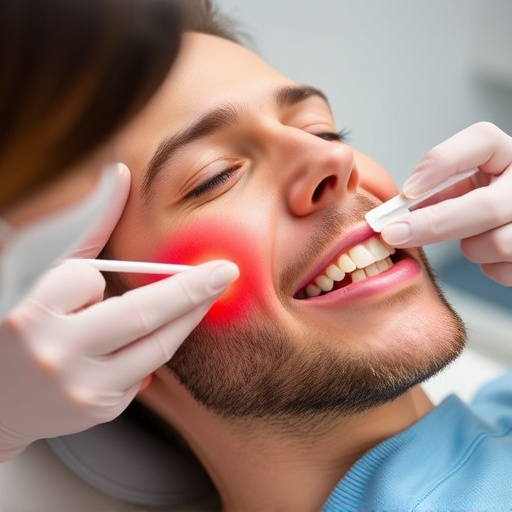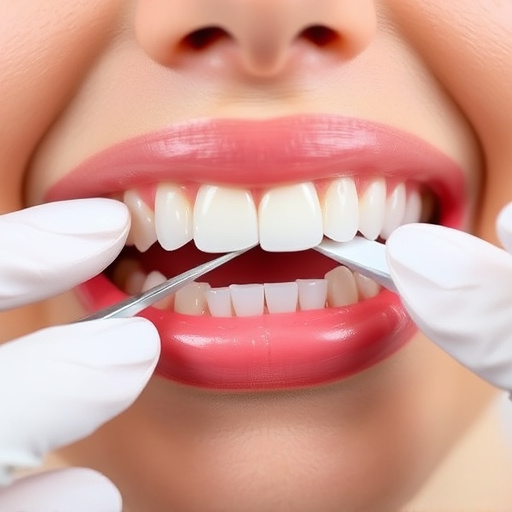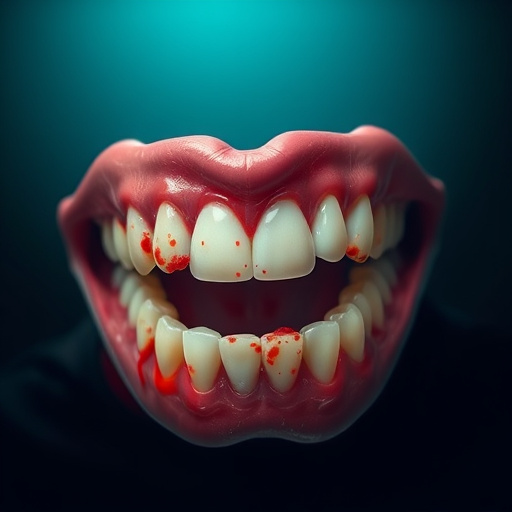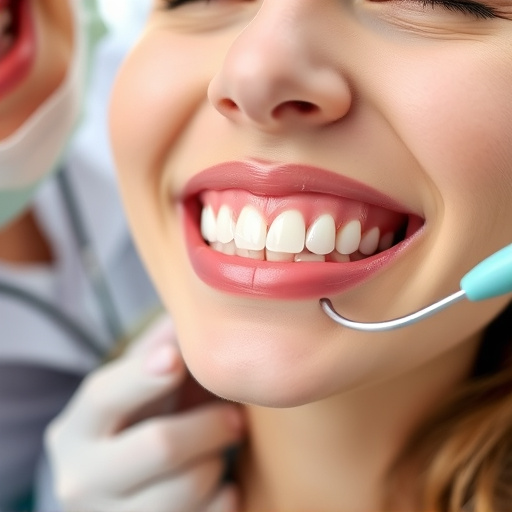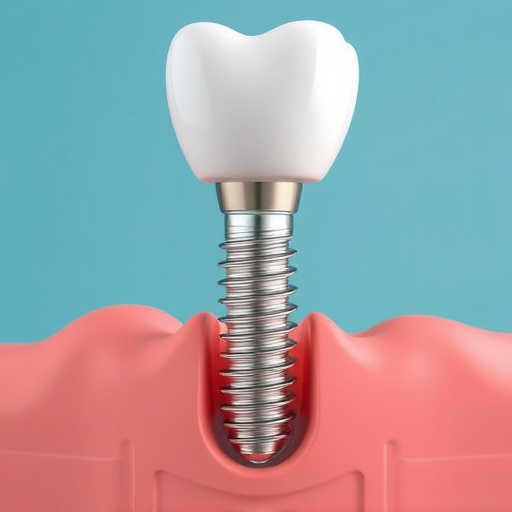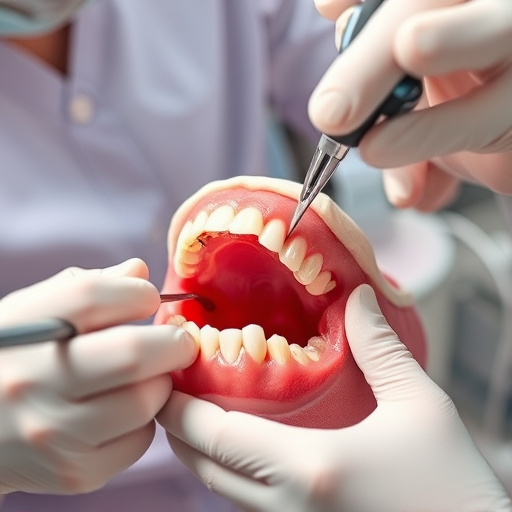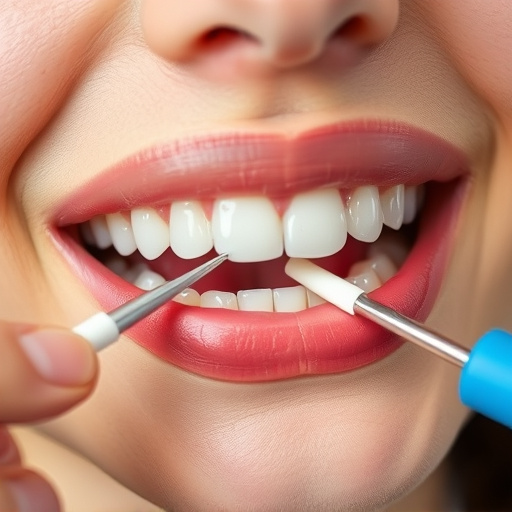Teeth grinding (bruxism) causes dental damage and TMJ disorders. Custom aligners, bonding, oral exams, mouthguards, and behavioral therapy are effective teeth grinding treatment options. Identifying risk factors through medical history and dental exams is crucial for tailored care. Consulting a dentist offers lasting solutions to manage bruxism and associated issues.
“Teeth grinding, or bruxism, is a common yet often overlooked condition affecting millions. It not only leads to worn-down teeth but also contributes to TMJ disorder, causing debilitating pain and discomfort. This article serves as a comprehensive guide to understanding and addressing these issues. We’ll explore the root causes of teeth grinding, from stress to sleep disorders, and delve into various treatment options, including behavioral therapies, mouth guards, and advanced dental procedures. Discover strategies for lasting relief and reclaim your peaceful sleep and jaw health.”
- Understanding Teeth Grinding and TMJ Disorder
- Identifying Causes and Risk Factors
- Exploring Treatment Options and Relief Strategies
Understanding Teeth Grinding and TMJ Disorder

Teeth grinding, or bruxism, is a common condition characterized by the repetitive clenching or grinding of teeth. This often occurs during sleep but can also happen throughout the day. While it might seem like a minor habit, chronic teeth grinding can lead to significant dental issues such as tooth wear, fractures, and even jaw disorders. The temporomandibular joint (TMJ) is responsible for connecting your lower jaw to your skull, and when this joint is affected by prolonged teeth grinding, it can result in TMJ disorder.
Individuals with TMJ disorder may experience symptoms like jaw pain, popping or clicking sounds in the joint, difficulty opening or closing the mouth, and headaches. The good news is that there are various effective teeth grinding treatment options available to manage both bruxism and TMJ relief. These include custom-fitted clear aligners that gently realign your jaw, dental bonding techniques to protect vulnerable tooth surfaces, and regular oral exams to monitor any changes in your dental health.
Identifying Causes and Risk Factors
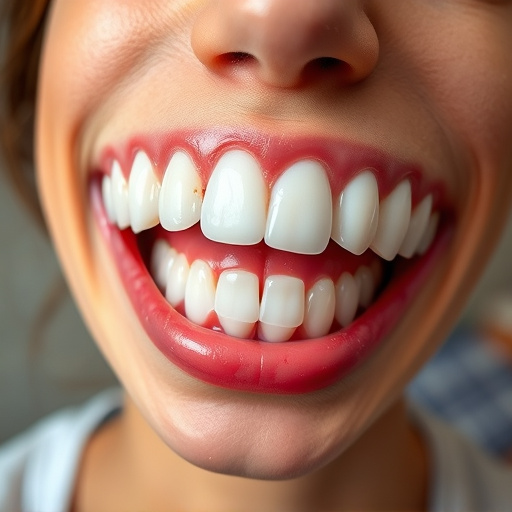
Teeth grinding, or bruxism, is a common but often overlooked condition with various potential causes and risk factors. One of the primary factors contributing to teeth grinding is stress and anxiety, which can lead individuals to unconsciously clench their jaws and grind their teeth during sleep. Other psychological issues, such as depression and post-traumatic stress disorder (PTSD), have also been linked to bruxism. In addition, certain physical conditions like sleep apnea and an improper bite (malocclusion) can exacerbate the problem.
Identifying specific risk factors is crucial in determining the most effective teeth grinding treatment. For example, people with a family history of bruxism are more susceptible, suggesting a potential genetic predisposition. Age is another factor; bruxism often surfaces during childhood or adolescence and may persist into adulthood if left unaddressed. Lifestyle choices, including excessive caffeine intake, smoking, and alcohol consumption, can also contribute to the development and exacerbation of teeth grinding. A comprehensive dental examination, along with a detailed medical history review, is essential in identifying these risk factors and tailoring appropriate comprehensive dental care or emergency dental care solutions.
Exploring Treatment Options and Relief Strategies
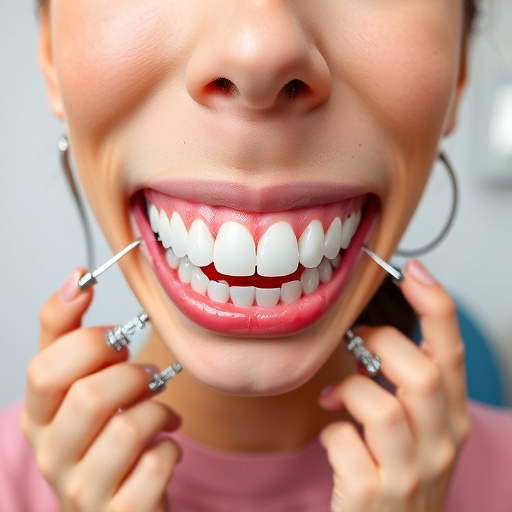
Exploring Treatment Options for Teeth Grinding (Bruxism) and TMJ Relief
Teeth grinding treatment is a vital step in addressing bruxism, which can cause significant damage to teeth and underlying jaw structures over time. Fortunately, various relief strategies are available to help mitigate the effects of this condition. One common approach involves wearing a custom-fitted mouthguard at night, designed to protect teeth from wear and prevent muscle strain. These mouthguards, often recommended by general dentistry professionals, can significantly reduce the severity of teeth grinding and associated temporomandibular joint (TMJ) disorders.
In addition to oral devices, dental bonding may be considered for tooth repair in cases where bruxism has led to chips or fractures. This non-invasive procedure uses a composite material to fill in damaged areas, restoring both function and aesthetics. Other potential treatments include behavioral therapy, stress management techniques, and in severe cases, surgical interventions aimed at correcting misalignments and alleviating TMJ pain. Exploring these diverse treatment options with a qualified dentist can help individuals find lasting relief from teeth grinding symptoms.
Teeth grinding, or bruxism, is a common condition with various underlying causes. Understanding both the behavior and its impacts, such as temporomandibular joint (TMJ) disorder, is crucial for effective treatment. By identifying risk factors and exploring tailored relief strategies, individuals can find significant improvement in their dental health and overall well-being. Effective teeth grinding treatment involves a combination of behavioral changes, oral devices, and sometimes therapy, offering a comprehensive approach to managing this condition.

